This article defines instanceof as below:
The instanceof operator tests whether an object has in its prototype chain the prototype property of a constructor.
That's a fair explanation and life was good until I came across this code from the book Eloquent Javascript:
function TextCell(text) {
this.text = text.split("\n");
}
TextCell.prototype.minWidth = function() {
return this.text.reduce(function(width, line) {
return Math.max(width, line.length);
}, 0);
}
TextCell.prototype.minHeight = function() {
return this.text.length;
}
TextCell.prototype.draw = function(width, height) {
var result = [];
for (var i = 0; i < height; i++) {
var line = this.text[i] || "";
result.push(line + repeat(" ", width - line.length));
}
return result;
}
function RTextCell(text) {
TextCell.call(this, text);
}
RTextCell.prototype = Object.create(TextCell.prototype);
RTextCell.prototype.draw = function(width, height) {
var result = [];
for (var i = 0; i < height; i++) {
var line = this.text[i] || "";
result.push(repeat(" ", width - line.length) + line);
}
return result;
};Let's create an instance of RTextCell and execute the below c
var rt = new RTextCell("ABC");
console.log(rt instanceof RTextCell); // true
console.log(rt instanceof TextCell); // true
I understand why the output of the 2nd console.log is "true" - because constructor TextCell is part of the prototype chain.
However the 1st console.log confuses me.
If you look at the code (10th line from bottom), the prototype of RTextCell is updated to a new Object, whose prototype is set to TextCell.prototype.
RTextCell.prototype = Object.create(TextCell.prototype);.
Looking at the snapshots below, there is no mention of constructor "RTextCell" in the prototype chain of the object "rt". So, going by the definition which I mentioned at the beginning of my post, shouldn't the output be false? Why does it returns a true value?
I also read this but didn't help me to understand this specific problem.
See below for the snapshots of rt, RTextCell, TextCell in that order.


